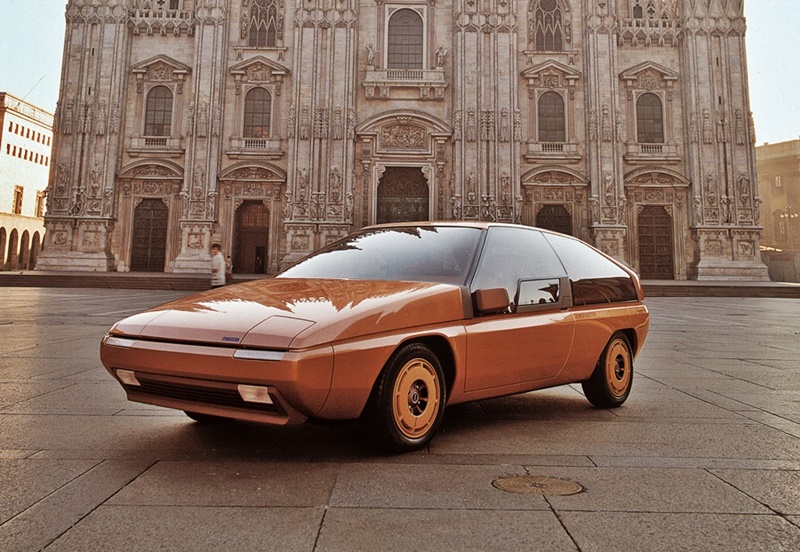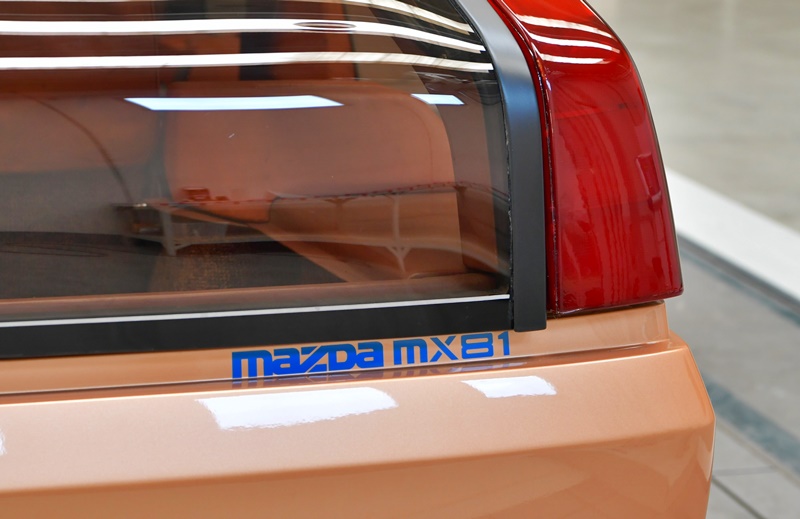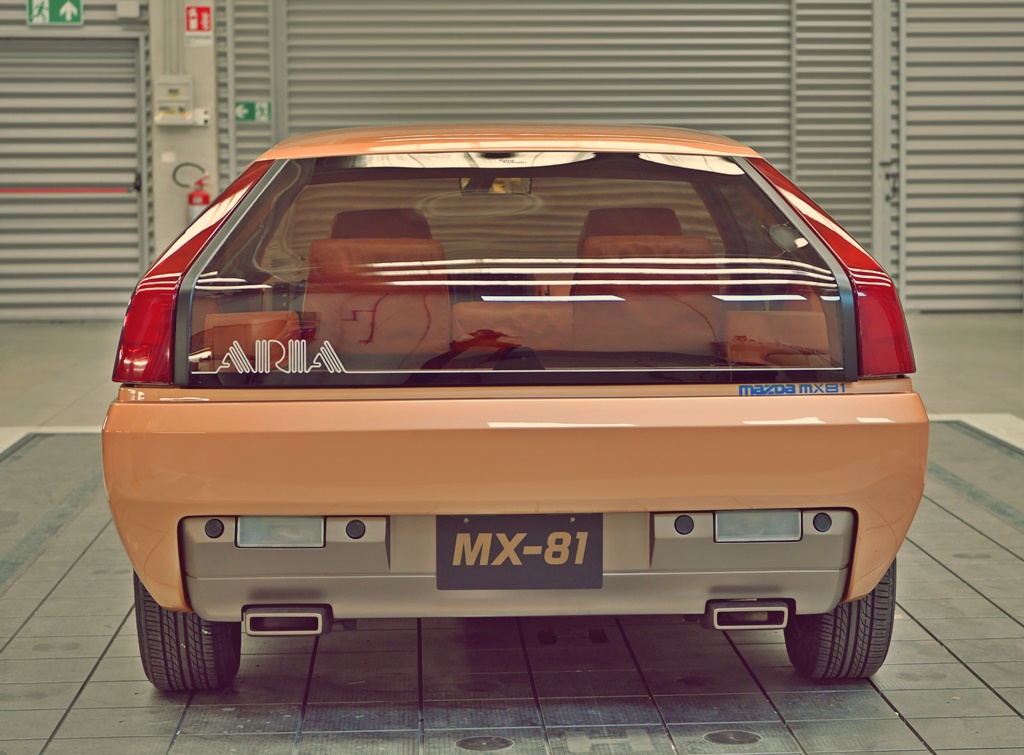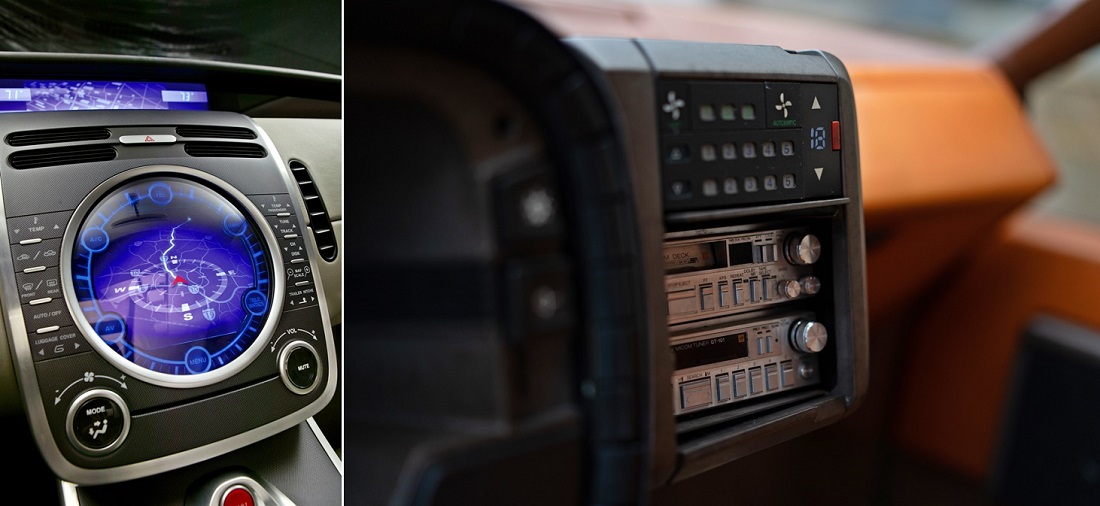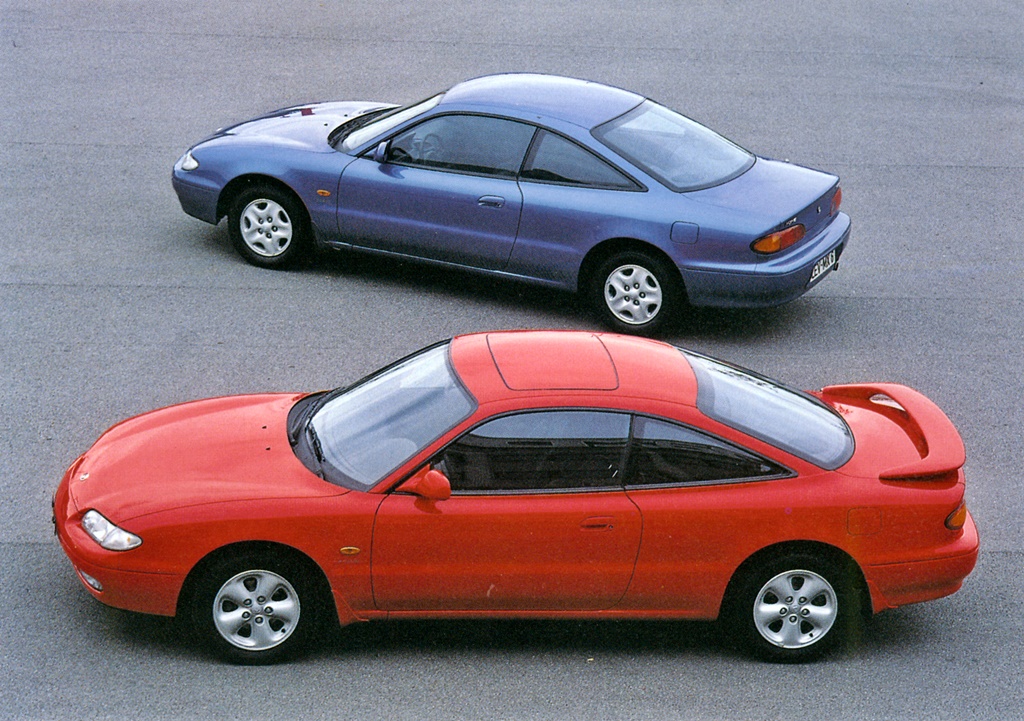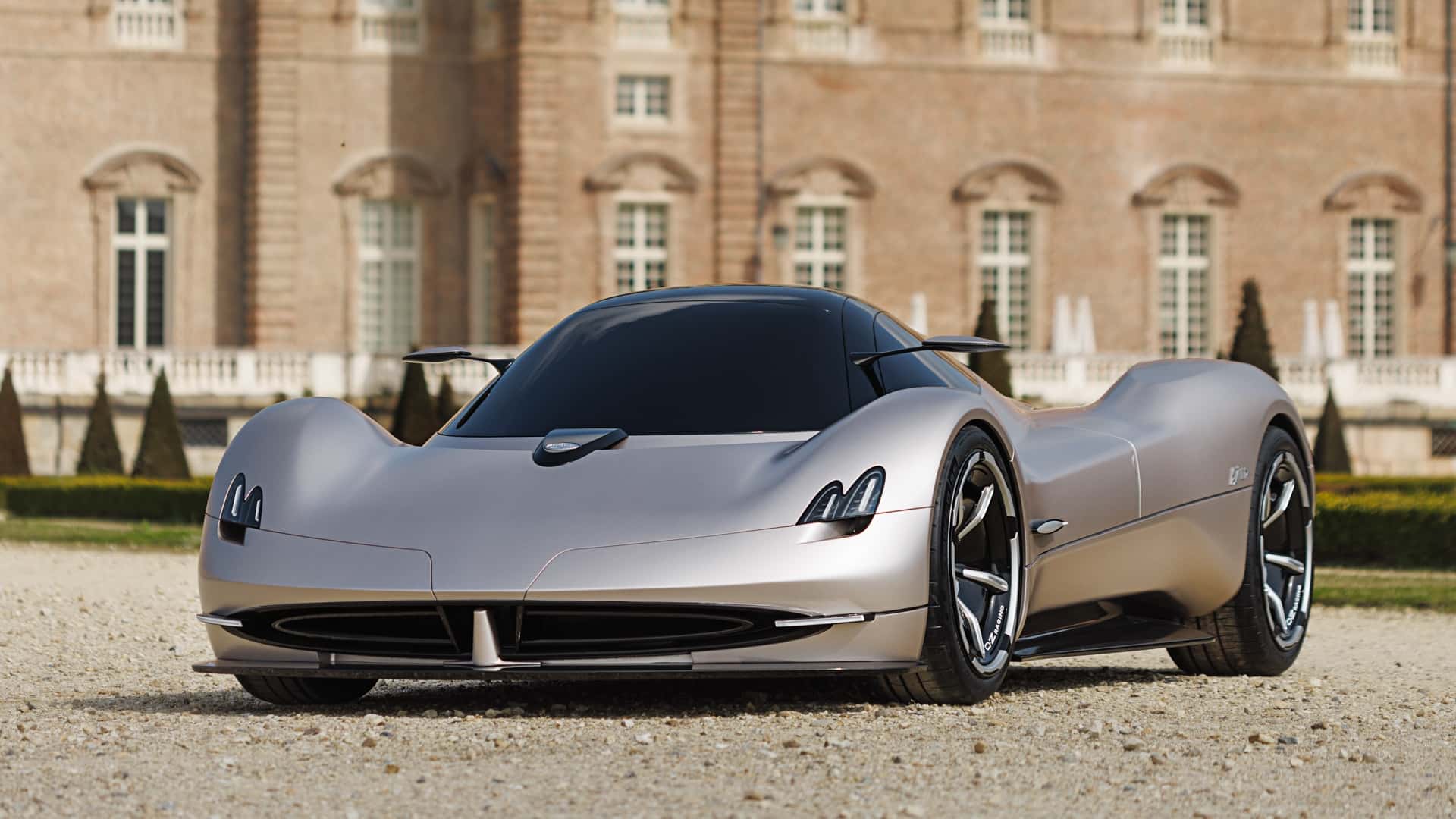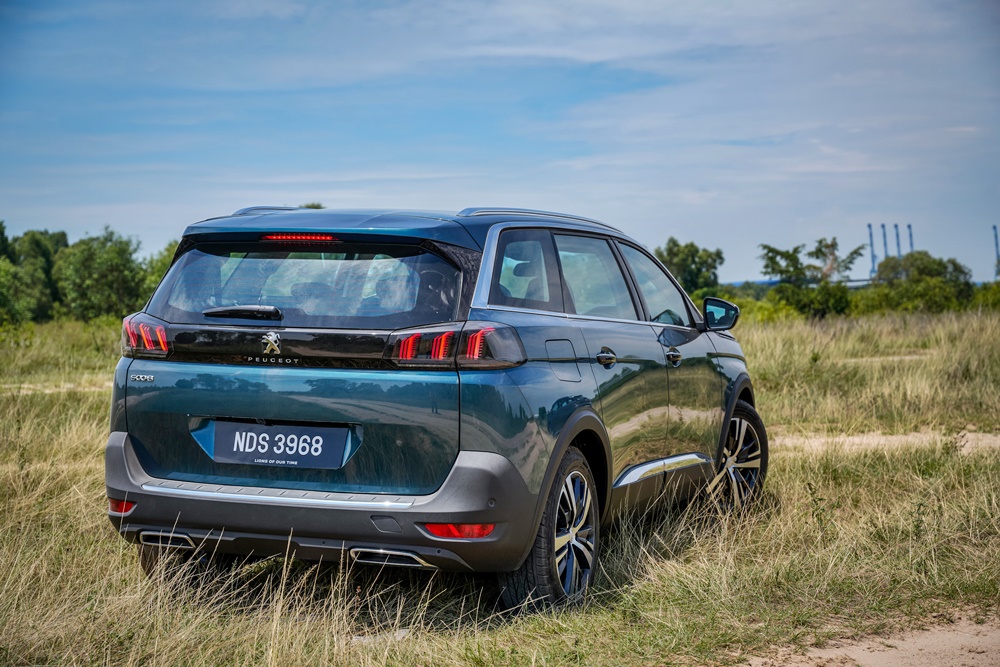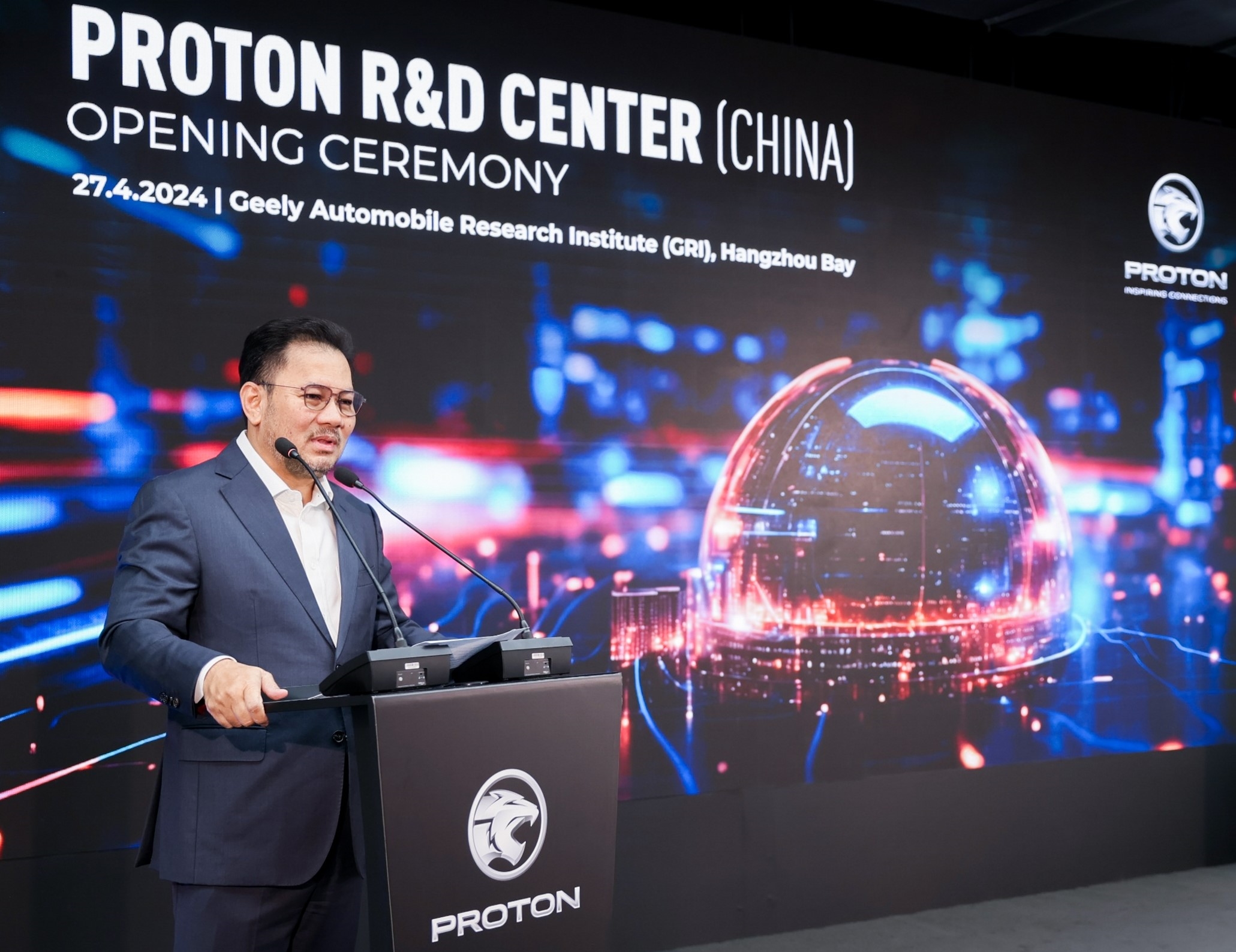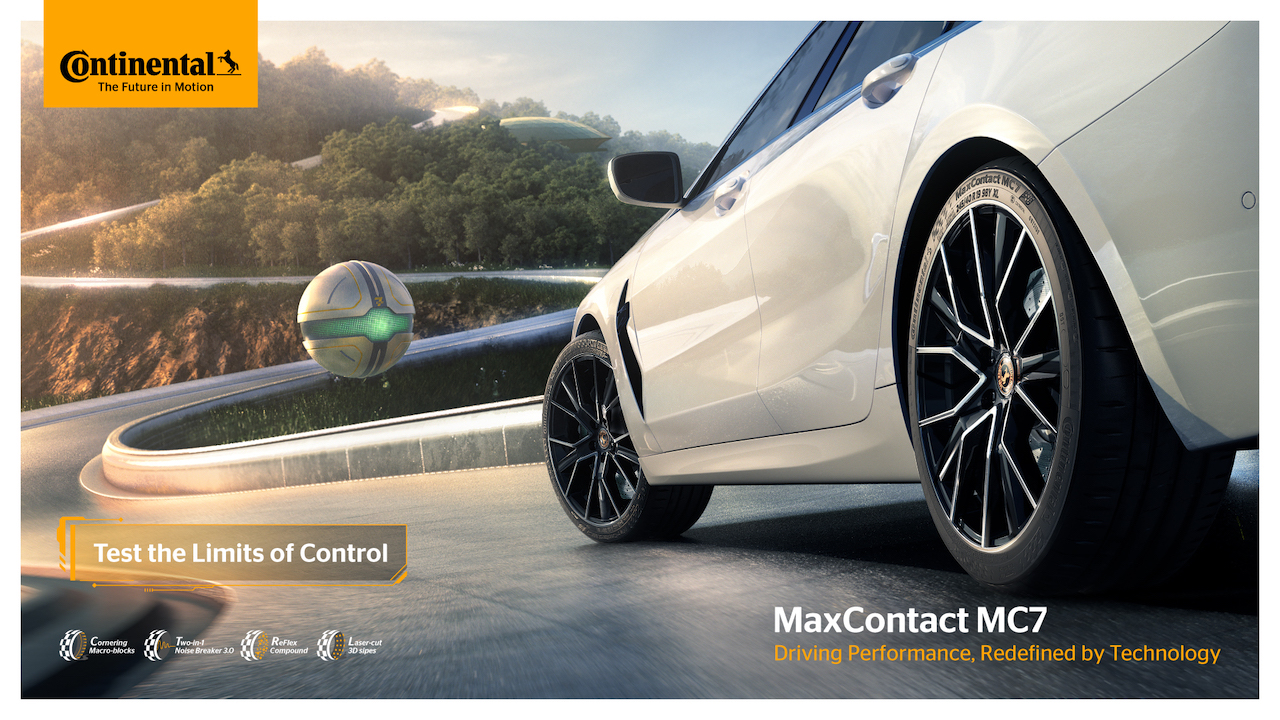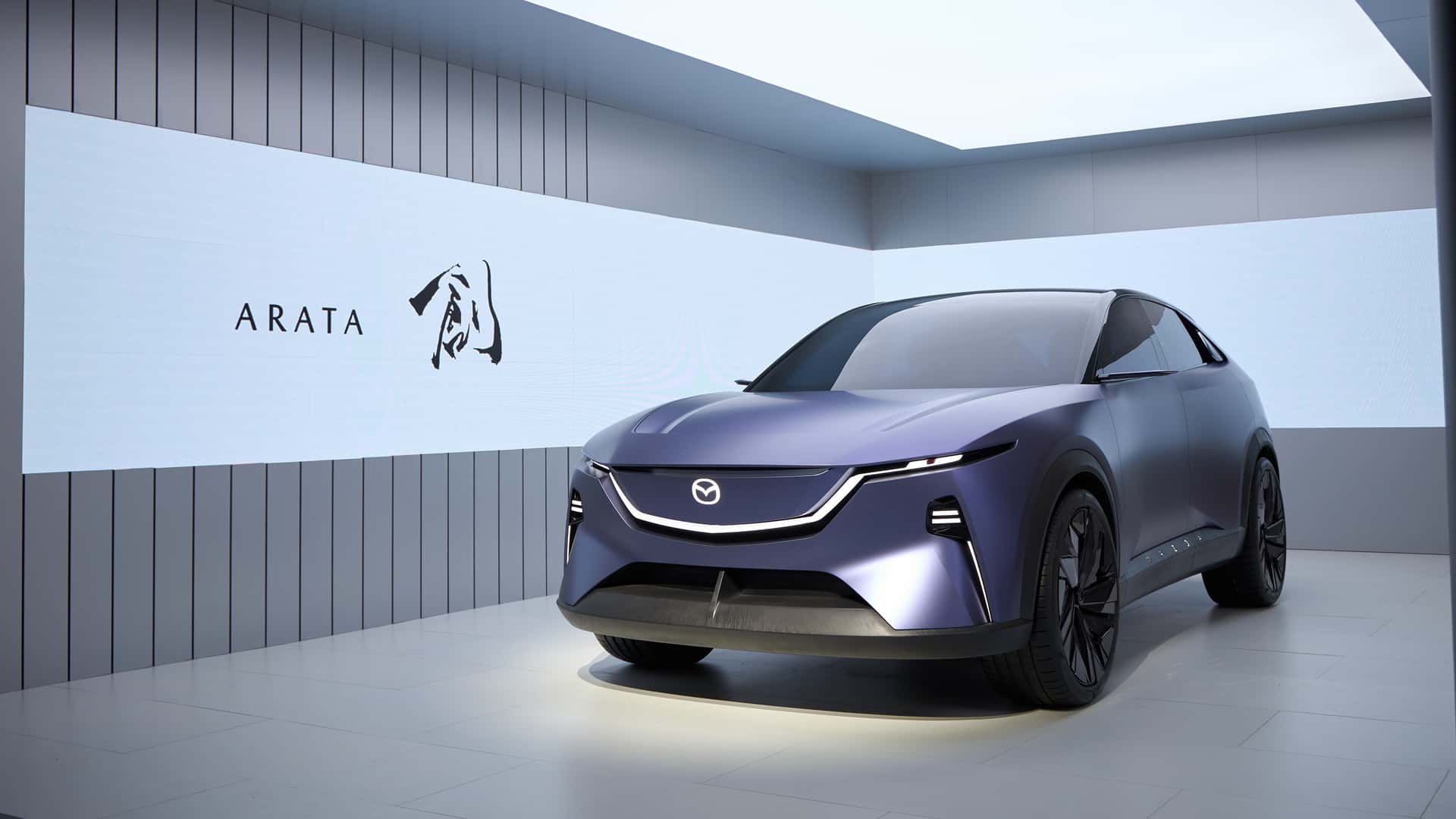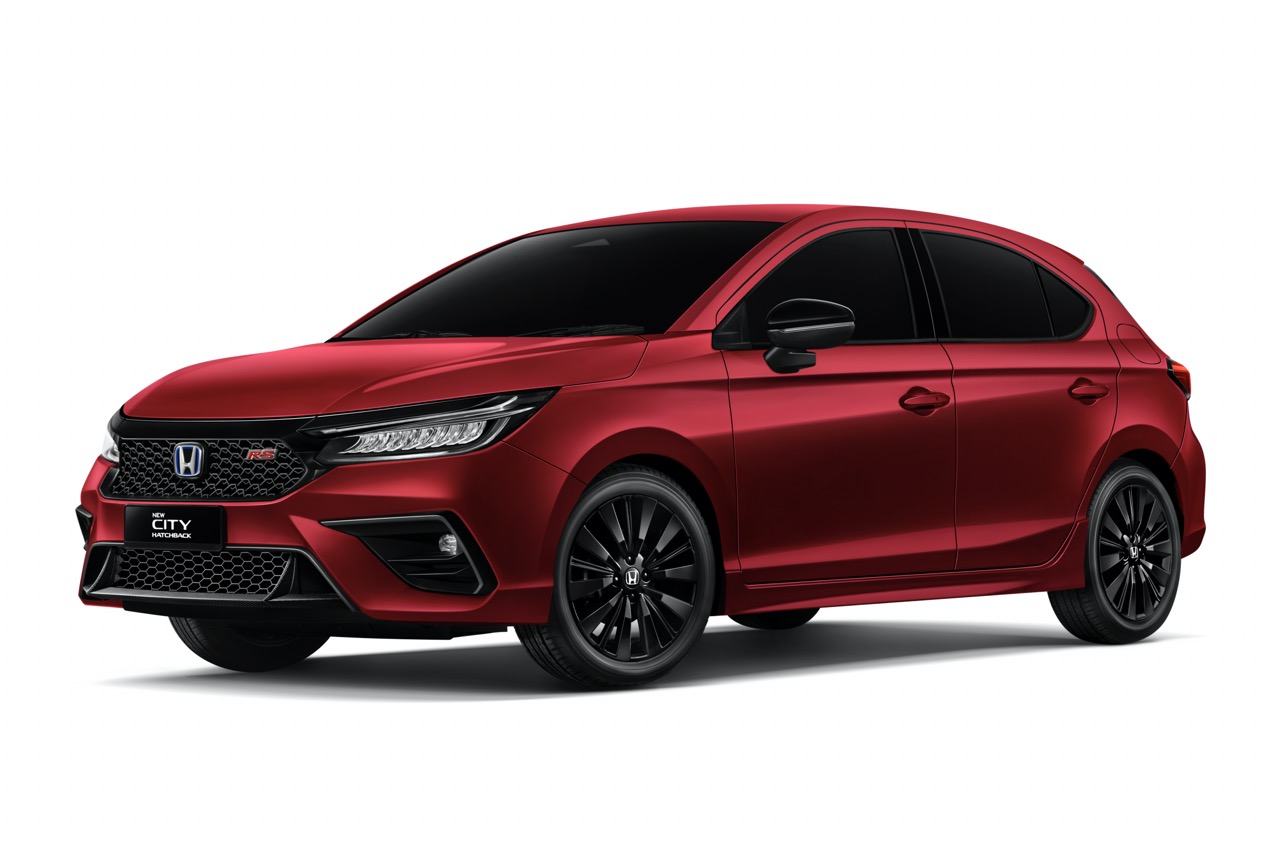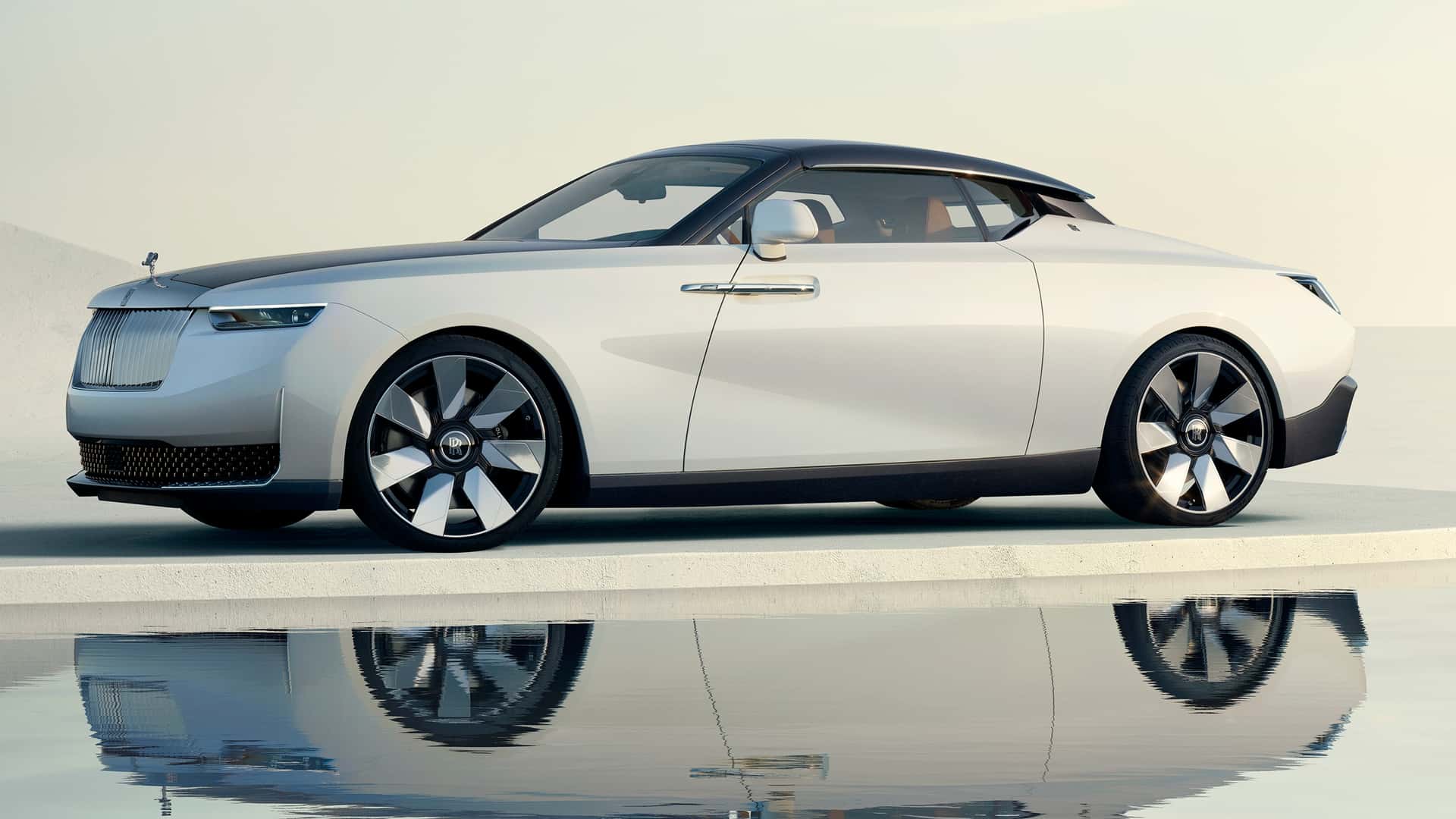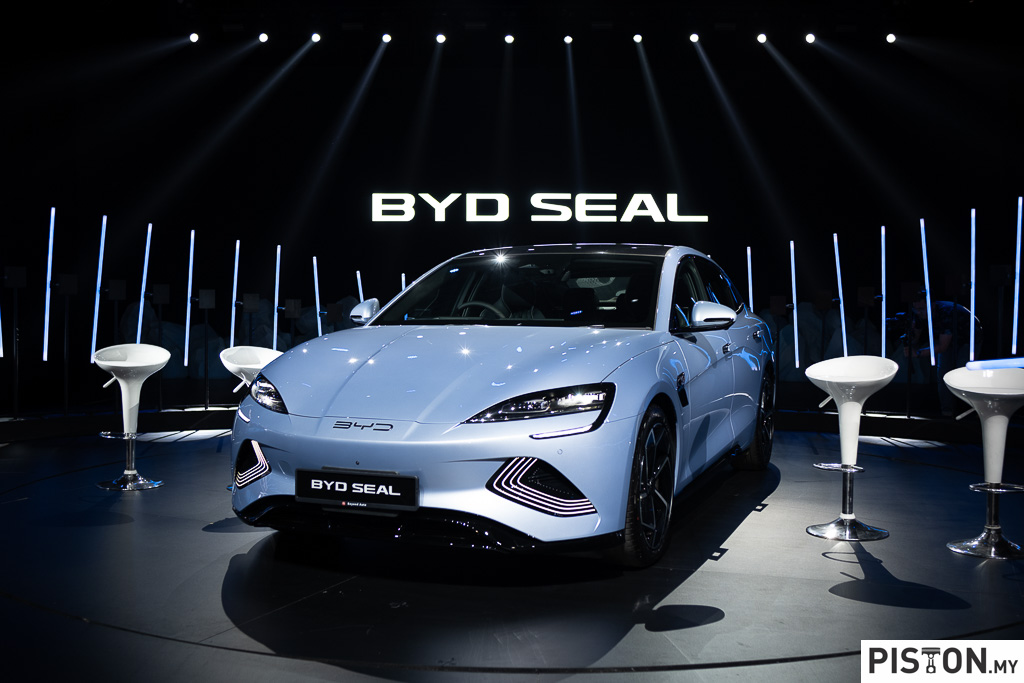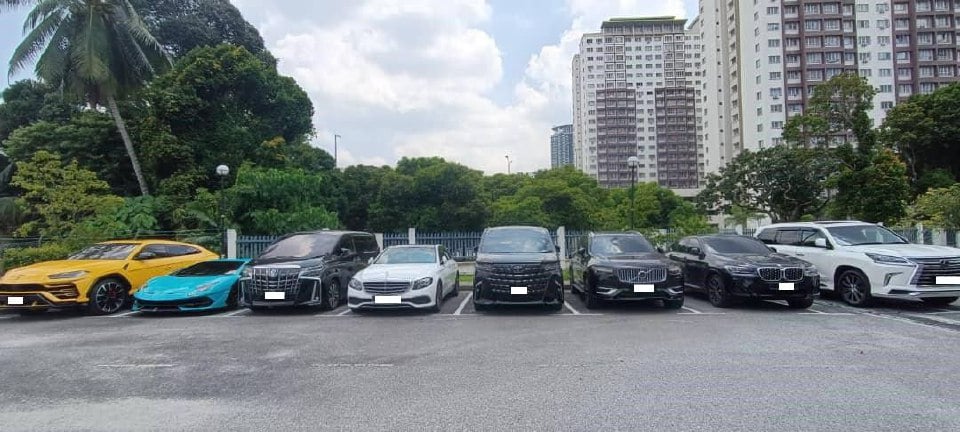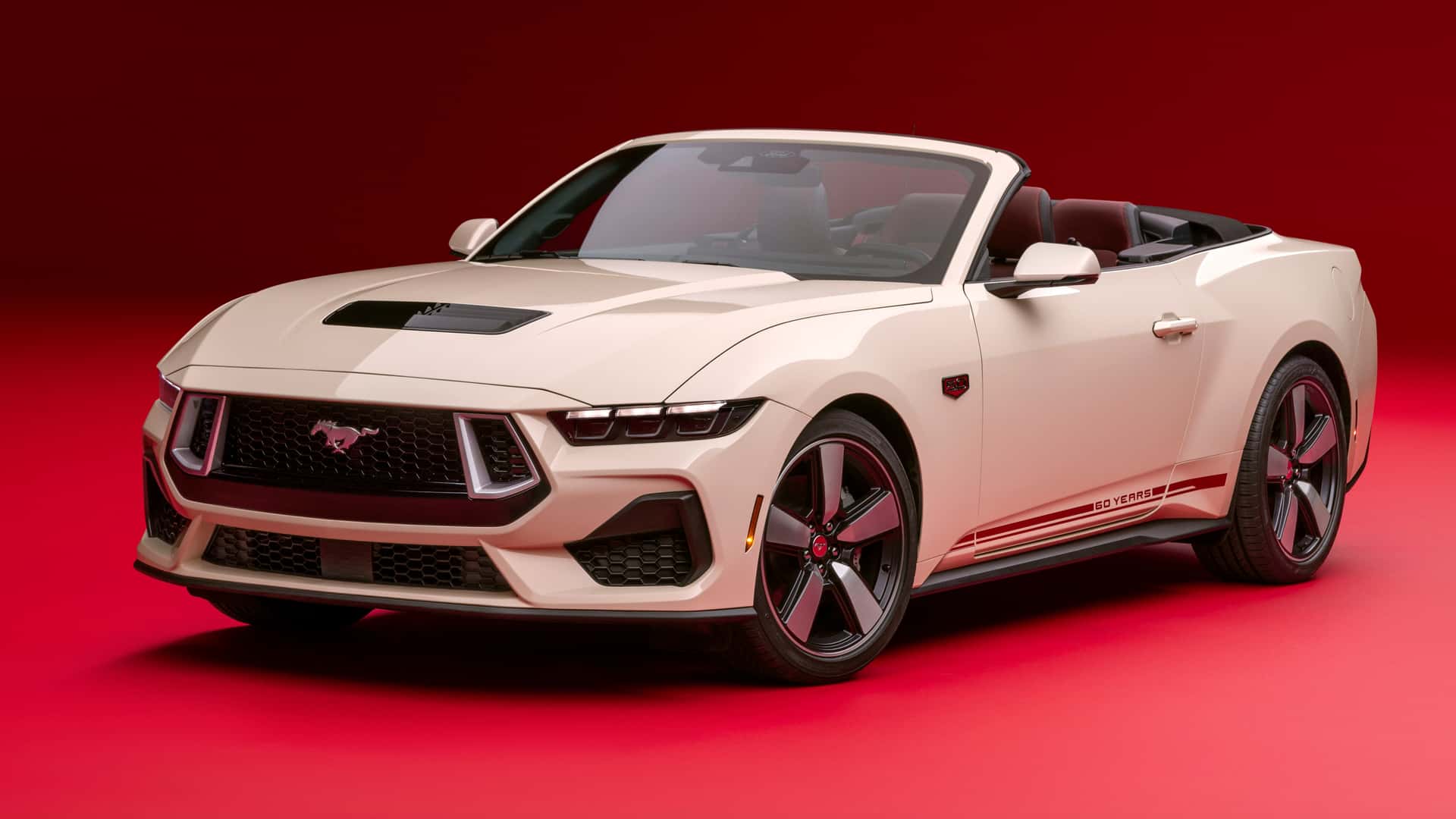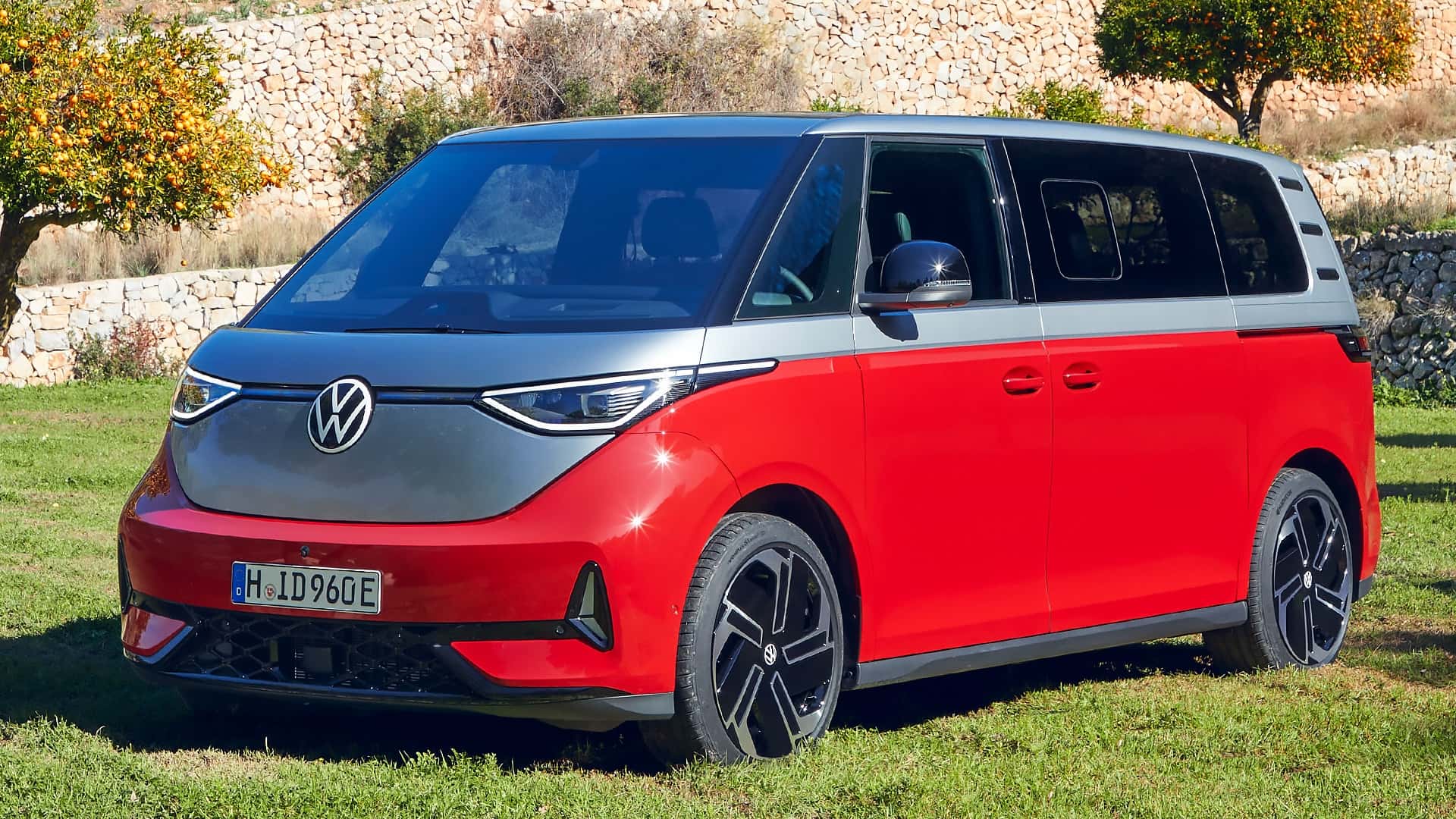
When people think of Mazda’s MX range, the MX-5 Miata would come to mind. Or, those who keep up with auto news will know that the company now sells a model known as the MX-30 which is the brand’s first mass-produced fully electric car.
However, long before the MX-5 – which became the bestselling 2-seat convertible sportscar of all time – there was another Mazda which had the ‘MX’ designation. This was the MX-81 Aria, a concept car displayed at the 1981 Tokyo Motor Show. Designed by Marc Dechamps for coachbuilder Bertone, it was the first Mazda MX and now, 40 years after its unveiling, Mazda Italy has carried out a restoration of the small wedge-shaped coupe.
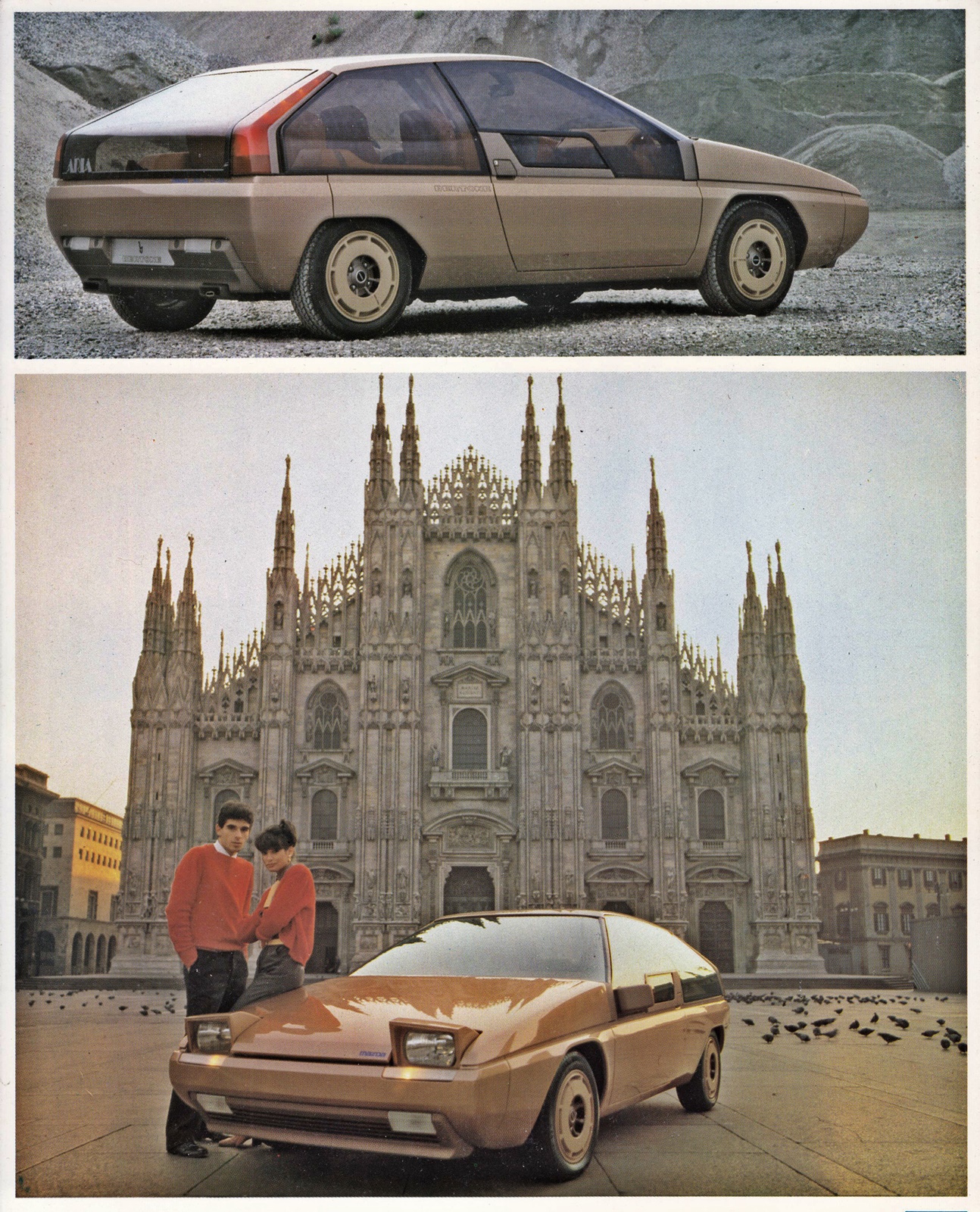
To create the MX-81 Aria, Bertone used running gear from the 323, which was the first generation with front-wheel drive. On this platform was placed the futuristic hatchback form. With its gold paint, huge glasshouse and pop-up lights, it stood out at the motorshow.
The concept car had futuristic features, some of which would find their way into production models in later years. Back then, the features gave the cabin a radical look with the recessed square steering wheel, TV screen and side swinging front seats. Exterior ideas like high-mounted tail lights and pop-up headlamps were adopted in Mazda models too.
Discovery in a warehouse
While many prototypes and concept cars have been destroyed (or ‘lost’) after finishing their round of displays, the MX-81 was kept in a warehouse at Mazda’s headquarters in Hiroshima. In 2019, Nobuhiro Yamamoto – the former 4th generation MX-5 programme manager and rotary engine developer – found the concept car and proposed the idea restoring it.
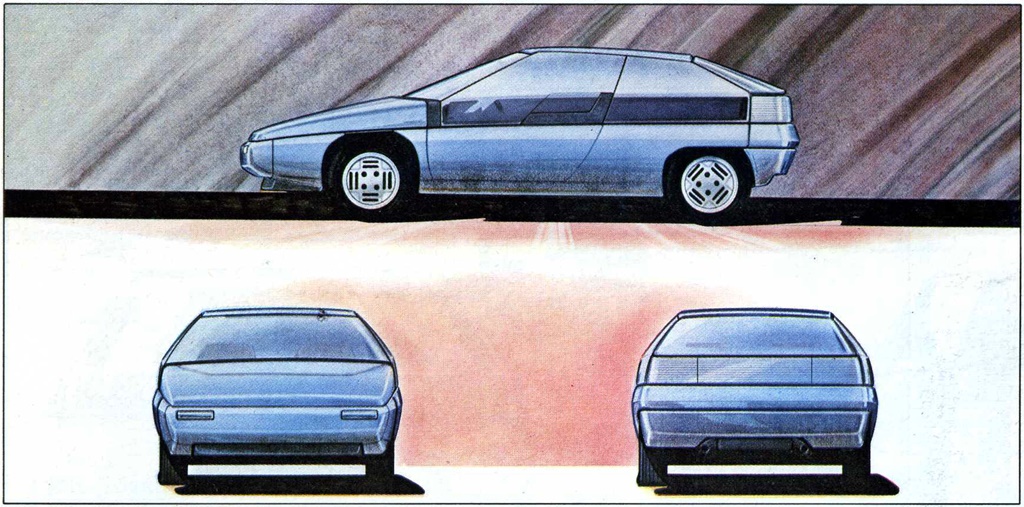
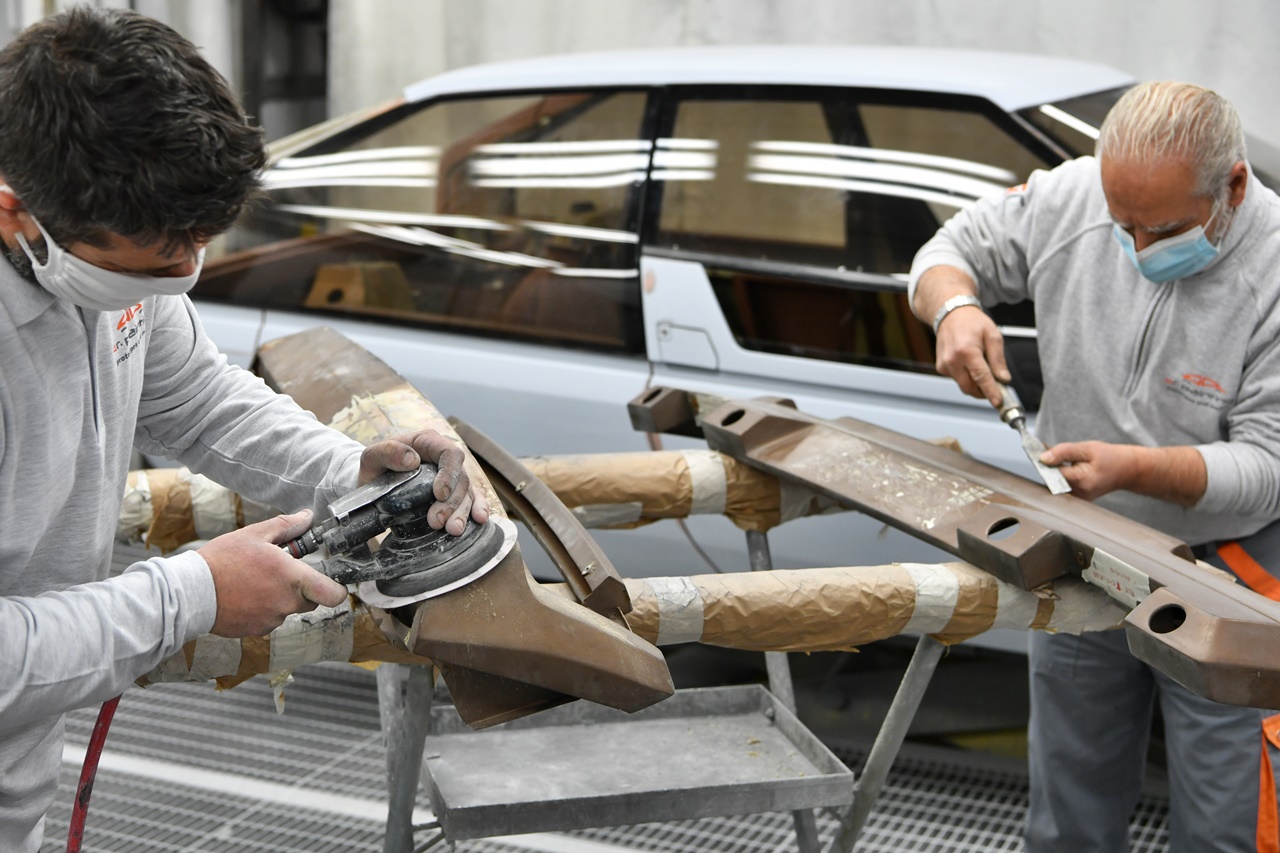
It was supported by the company and shipped to Mazda Italy, where it has been painstakingly restored by SuperStile in Turin. Fittingly, the completion of the restoration was celebrated by the recreation of the original press images of the MX-81 in front of Milan Cathedral.
Mazda’s connection to Italian designers
However, the connection between Mazda and Italian design celebrated by the restoration of the MX-81 actually started even before the MX-81 was displayed. 20 years earlier, in 1960, a young automotive writer by the name of Hideyuki Miyakawa travelled to Italy and the Turin Motor Show where he met Giorgetto Giugiaro, then Head of Design at Bertone. He also met his future wife, Marisa Bassano – a Japanese-Italian translator with a passion for cars. During Marisa’s study trip to Hiroshima in 1961, Miyakawa met then-chairman of Mazda, Tsuneji Matsuda, and the pair discussed the importance of design in the Japanese car industry.
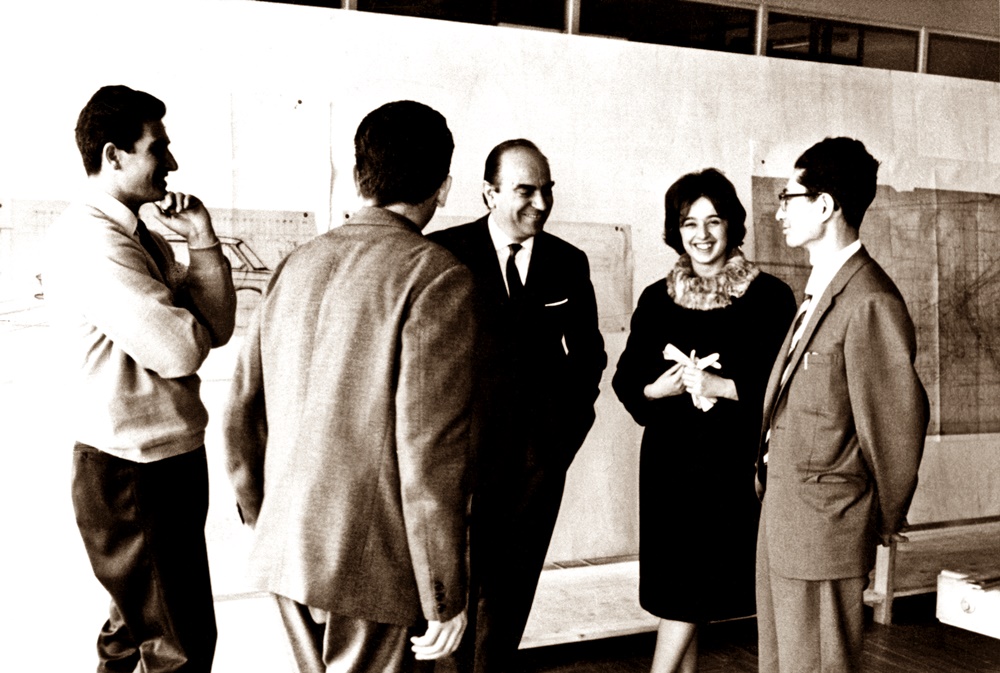
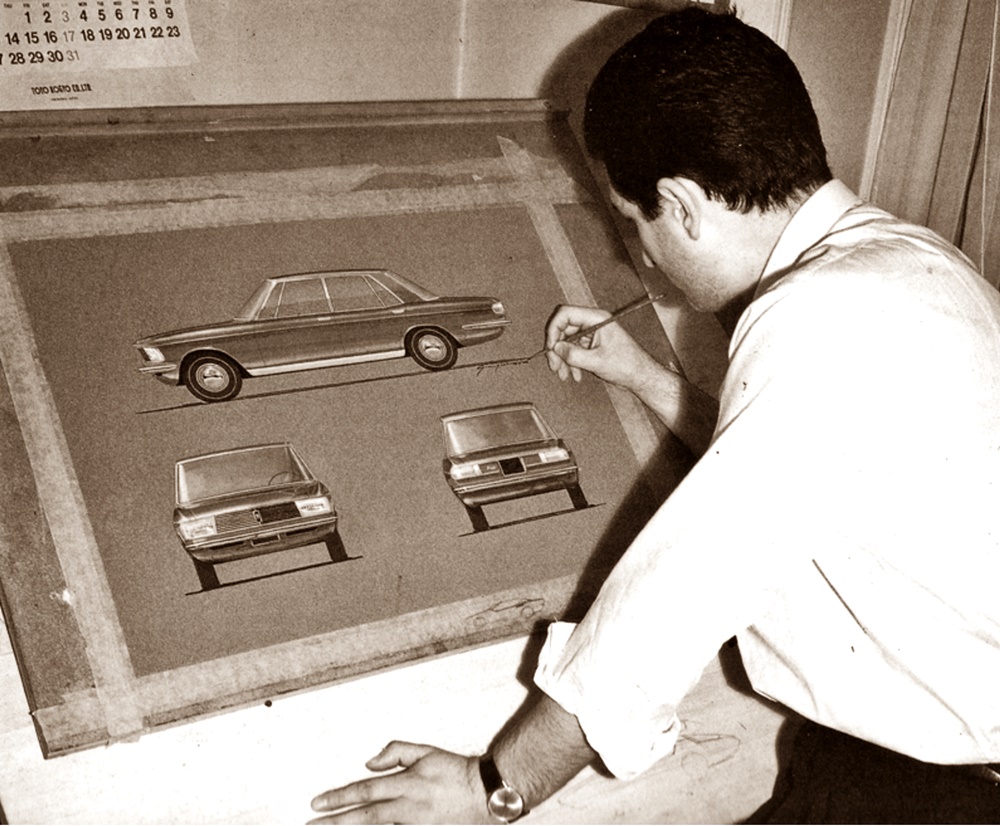
Back in Turin, Hideyuki and Marisa began working as intermediaries between the legendary Italian design studios of Bertone, Ghia and Pininfarina and Japanese car manufacturers. The collaboration between Mazda and Bertone they helped to facilitate led to Giugiaro designing the Mazda Familia and Luce models of the 1960s, plus the R130 Luce Coupe of 1969. The relationship with Bertone continued even after Giugiaro left to work for Ghia, and the restoration of the MX-81 Aria is a celebration of that partnership.
The MX line begins
However, the Mazda MX-81 was only the beginning of the story of the MX badge, which has actually been used more than a dozen times across a broad spread of production, concept and racing Mazdas. After the MX-81 was the MX-02 concept car of 1983. This was a larger 5-door hatchback design with large windows, aerodynamic rear wheel covers and flared-in door mirrors. Unique features included rear wheel steering and a Head-Up display projected on the windscreen.
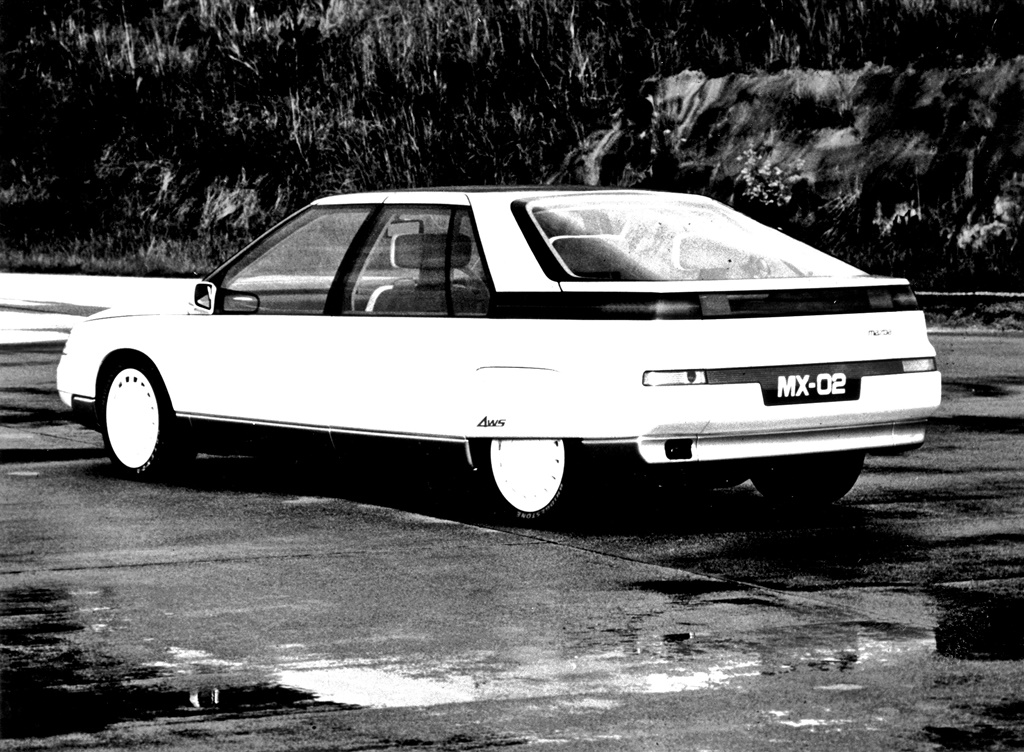
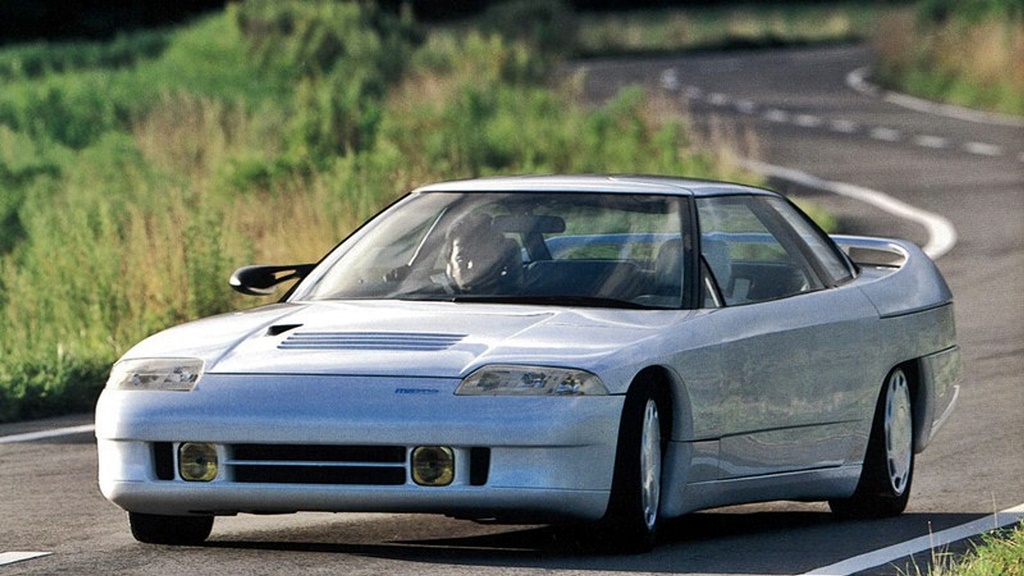
The one-off theme continued with the 1985 MX-03, another radical looking car. This sportscar concept was proposed with an exciting powertrain – a triple rotor 315 ps engine. The low-slung was very futuristic, with a cabin that featured an aircraft style yoke rather than a steering wheel, plus digital displays and a Head-Up Display. It showed off a lot of advanced technology like 4-wheel steering and all-wheel drive, while the long low body had wind resistance of just 0.25 Cd.
While the MX-02 and MX-03 shared some of the same futuristic design cues, the MX-04 was completely different. Displayed the 1987 Tokyo Motor Show, the MX-04 was a front-engine rear-wheel drive sportscar that had removable fibreglass panels. These allowed the car to switch from a glass dome-roofed coupe to a beach buggy style open-sided roadster. Powered by a rotary engine this ‘shape-shifting’ sportscar was never considered for production.
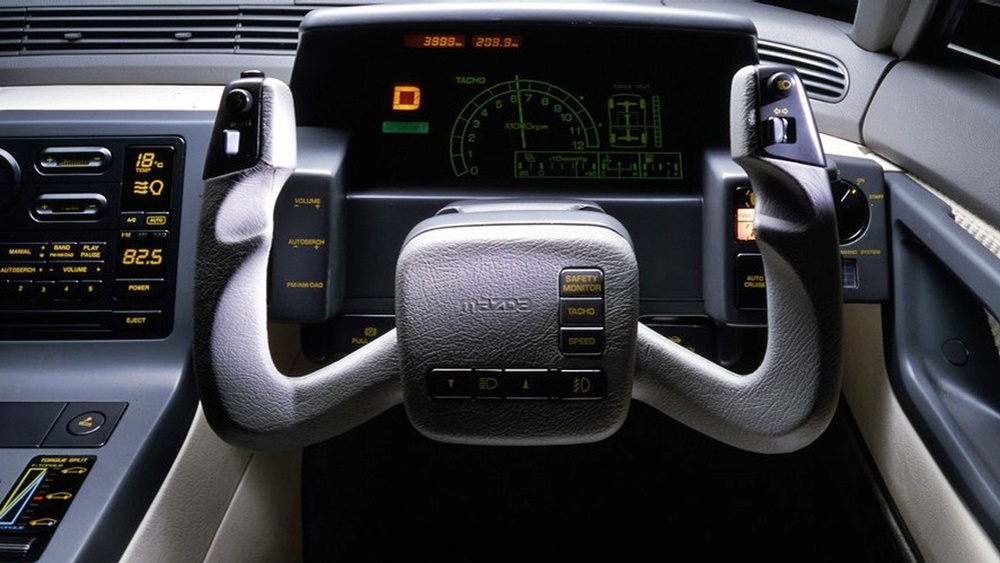
But little did outsiders know that Mazda was already developing the MX-5, which would come 2 years later. Other production models to have ‘MX’ were the MX-3 and MX-6 production coupes.
MX in racing
In the 1990s, arguably the most radical car to have the MX badge was the Mazda MXR-01. After the rotary-powered Mazda 787B took victory in the 1991 Le Mans 24 Hours, the FIA promptly banned rotary-powered cars, leaving Mazda looking for a new car for the 1992 World Sportscar Championship at very short notice. A solution arrived in the shape of the MXR-01 prototype racing car.
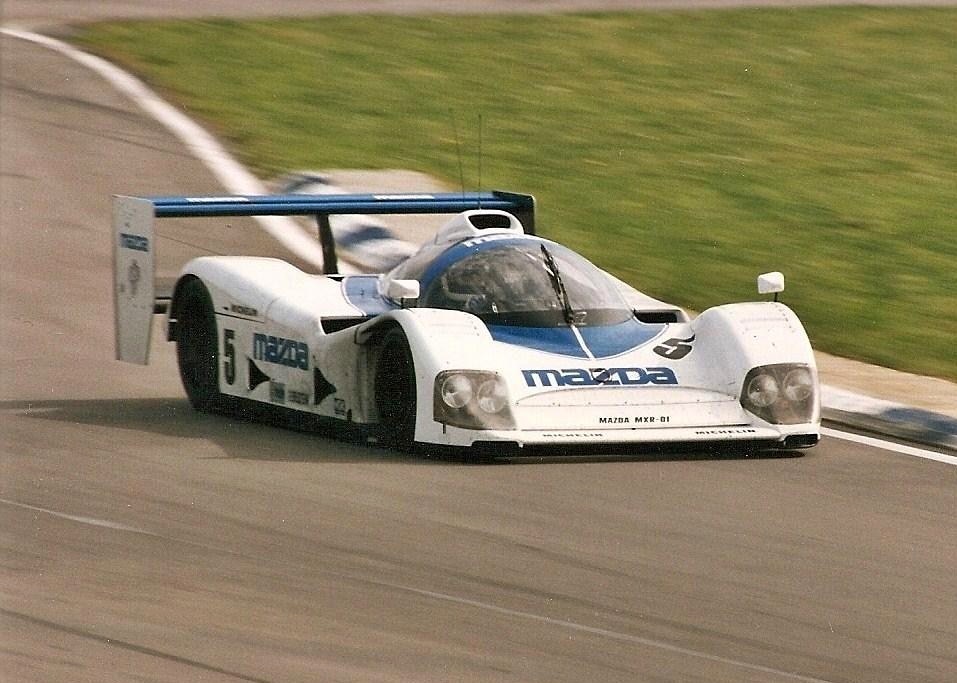
Based on the previous season’s Jaguar XJR-14, the British firm’s withdrawal from sportscar racing, allowed Mazda to adapt this radical Ross Brawn-designed prototype and fit a Mazda-badged V10 Judd engine. Famed for its incredible grip and downforce, just 5 examples were built. But sadly, the collapse of the World Sportscar Championship at the end of 1992 spelt the end of Mazda’s world motorsport programme and denied the MXR-01 the chance of success.
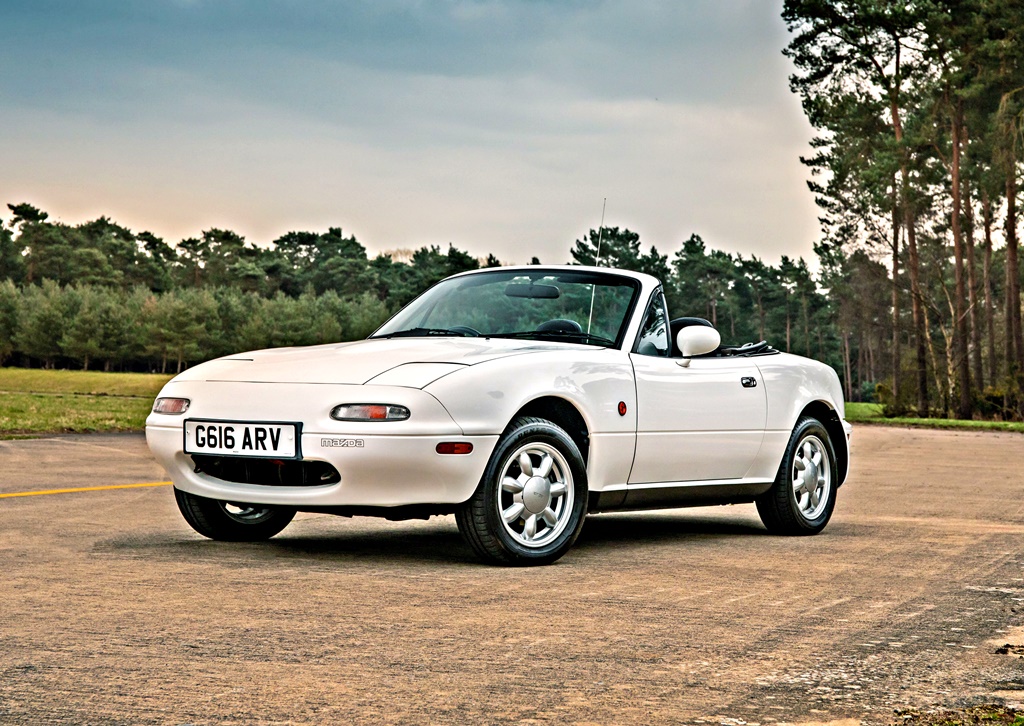
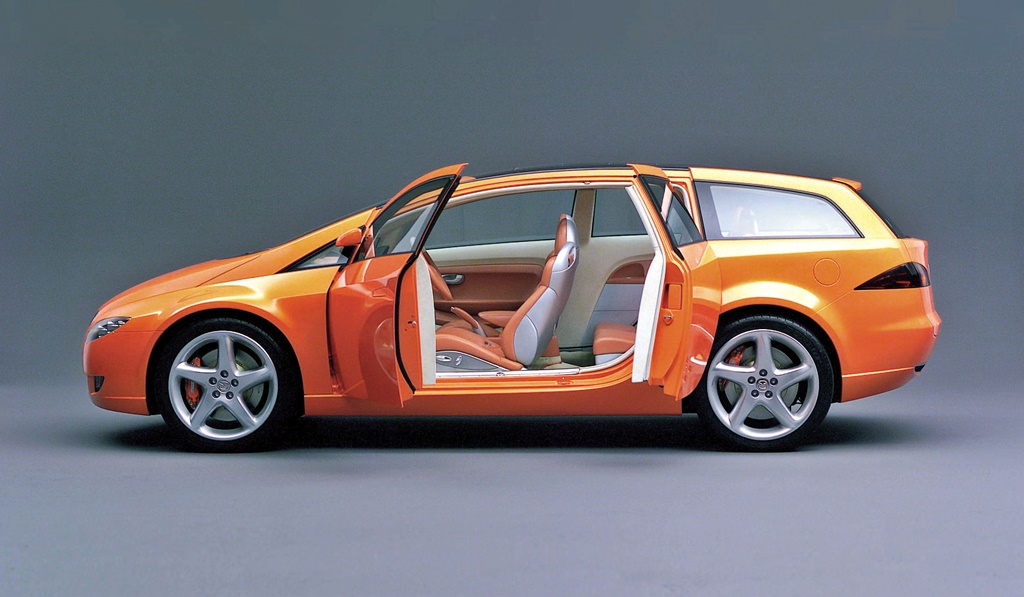
Into the 21st century, the MX badge has still appeared on concept cars – the 2001 MX-Sport Tourer/MPV; 2002 MX-Sport Runabout; 2003 MX-Sportif; and 2004 MX-Flexa. The MX concept car that really started Mazda on the road to another success story was the 2005 MX-Crossport. Inspired by the RX-8 sportscar, this was a sporty looking SUV concept with sculpted wheel arches, slender headlamps and bold shoulder lines. It would be the basis for the model that that became the CX-7, which established a lineage of SUVs that lead to today’s CX-5, CX-30 and MX-30.
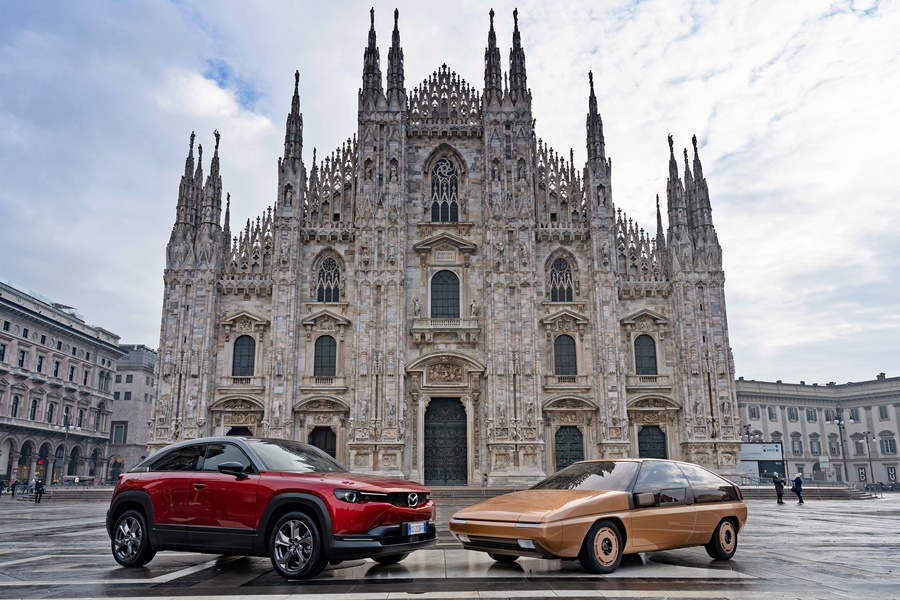
To know more about Mazda models available in Malaysia, visit www.mazda.com.my.
Unusual, little known Mazda vehicles you may never have heard of


